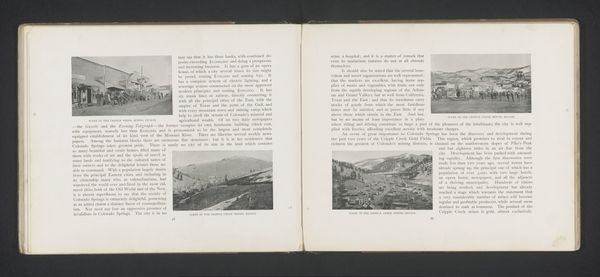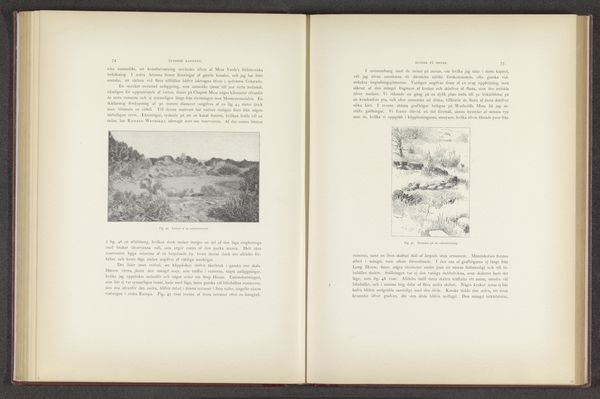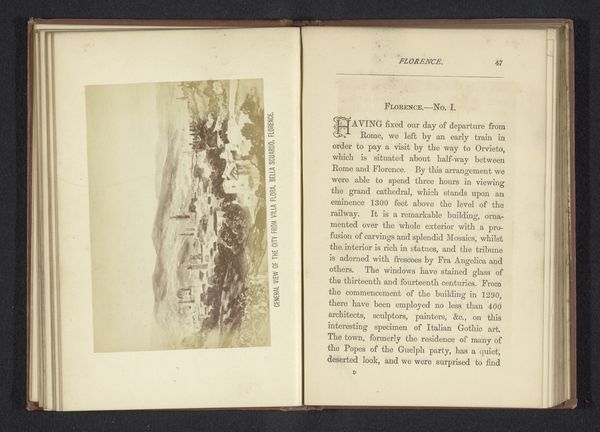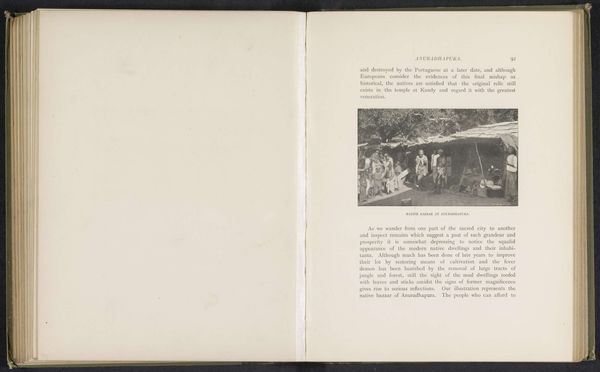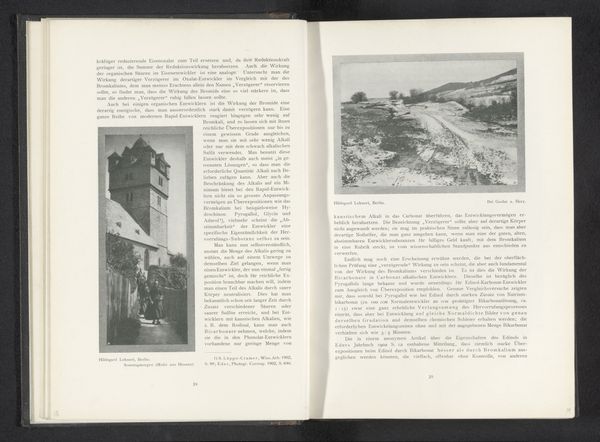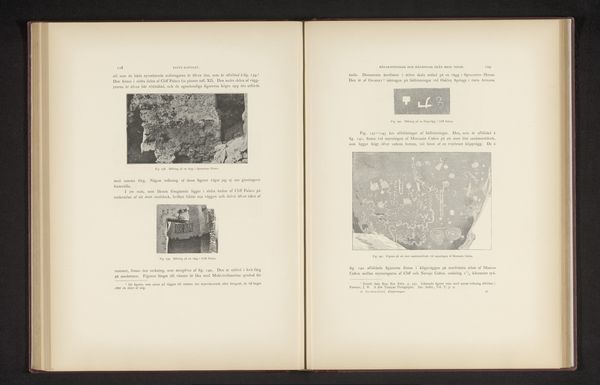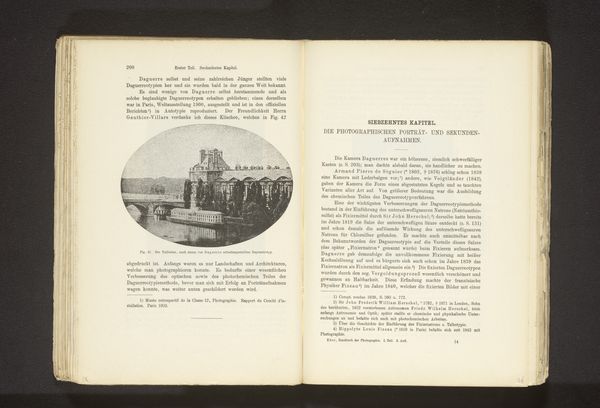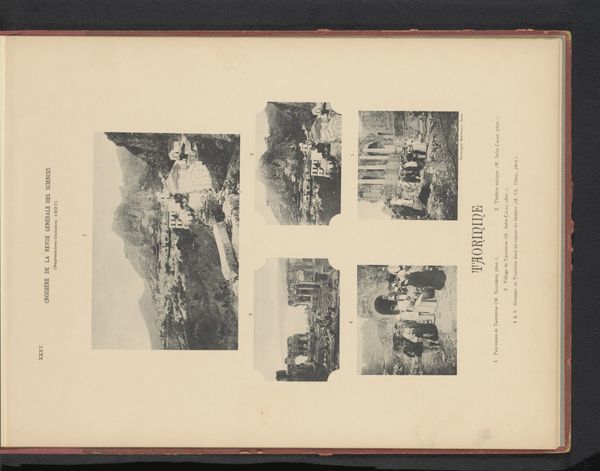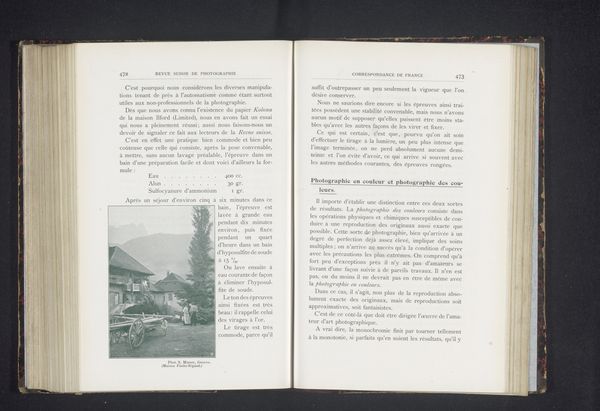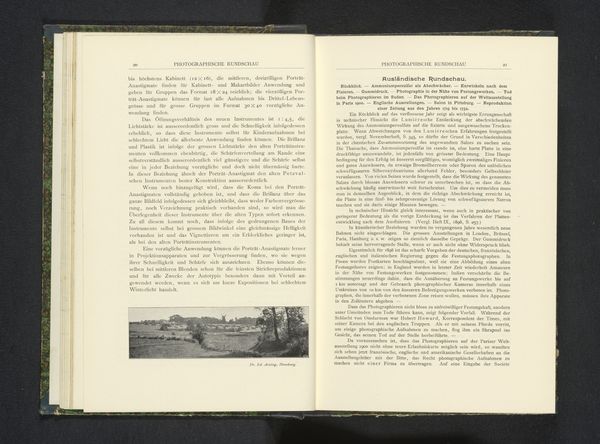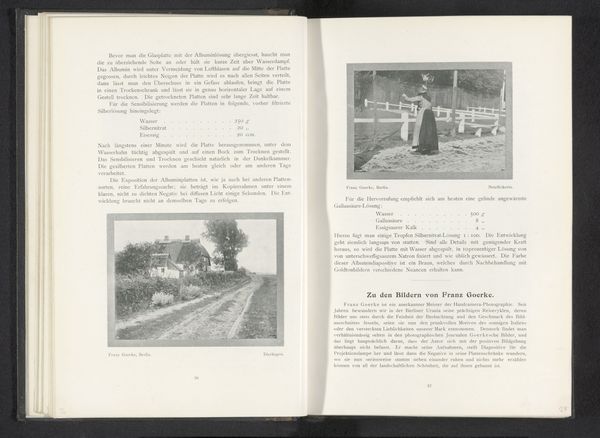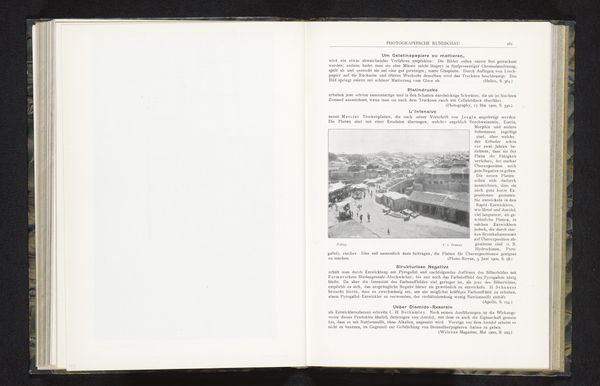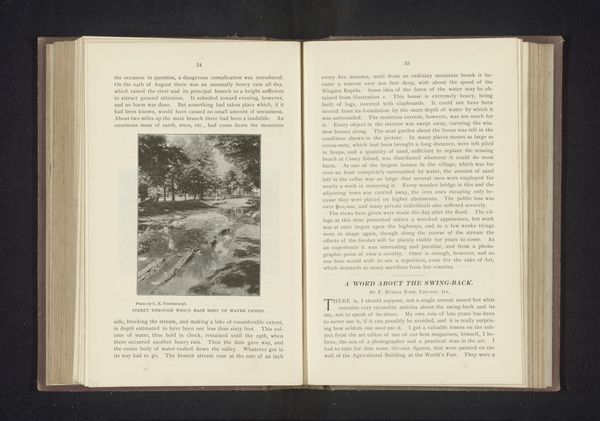
print, engraving
# print
#
landscape
#
romanticism
#
cityscape
#
history-painting
#
engraving
Dimensions: height 416 mm, width 324 mm
Copyright: Rijks Museum: Open Domain
Curator: This print, "Zweden en Noorwegen. 4,500,000 inwoners" or "Sweden and Norway: 4,500,000 Inhabitants" comes to us from 1850. It’s an engraving, part of a series made by Jan Schuitemaker. Editor: It’s got a lovely, folksy quality. Kind of a travel poster before photography became commonplace. The detail in the landscapes is pretty remarkable considering the medium. Curator: Indeed, the multiple scenes – a map, cityscapes, and snowy mountain troops, speaks to an interesting interplay of art, information, and early national identity construction. These prints would have been accessible to a broad audience, shaping perceptions of these countries. Editor: Exactly, what kind of printing press was Schuitemaker using? And how many of these prints were circulated? These practical factors would have greatly influenced how the public engaged with these landscapes of nationhood and military display. Did they see Sweden and Norway as resource rich, powerful? Were these images colored by anything beside Romanticism? Curator: Those are precisely the right questions. Think about the institutional framing too: A print designed to convey, if you will, a geographic and even historical literacy to…who, precisely? How was Schuitemaker’s print house perceived in its time? Were these affordable or were they commissioned specifically? And how was the act of learning about these distant, distinct nations mediated within, say, a school system? Editor: It is fascinating to observe the raw materiality, and the implied networks of manufacture and distribution behind this seemingly simple image, and how Schuitemaker capitalized on a demand for representations of modern nation states. The production process itself is part of the message here, that geography and its history can be efficiently reproduced on an industrial scale, it has everything! Curator: Well, for me, it's more about the social context: it's the audience. Editor: But understanding the mode of production deepens our grasp on how the imagery functions, you have to concede this point. Curator: You know, looking again at the subject matter – perhaps art becomes truly ‘of the people’ when technology, access, production intersect—it offers interesting new avenues for analyzing art history. Editor: Absolutely, the material details illuminate the wider socio-political purpose.
Comments
No comments
Be the first to comment and join the conversation on the ultimate creative platform.

